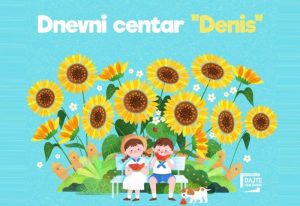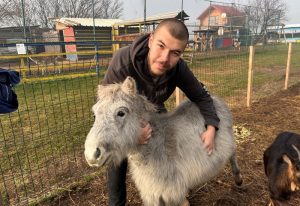Author: Elvir Ibrišimović
At a time when more and more citizens are leaving these areas using the excuse “Everyone goes where it’s better for them”, there are people who, with their actions, force spite of our harsh reality.
We come across examples like this in many places in Podrinje, from Bijeljina and Janja, all the way to Foča. Whether it is spite or something else, this time we ask Ragib Zahirović, who with his friends embarked on an “impossible mission” with the aim of restoring social life in the returnee communities of the Zvornik region. We visited him in his hometown of Skočić, located fifteen kilometers from Zvornik towards Bijeljina.
Ragib Zahirović lived in Austria with his wife and three children in the post-war period, where he is successfully involved in construction and has a registered company.
Nevertheless, Ragib returns to Bosnia and Herzegovina several times every year, to his Skočić.
Ragib said for the Local Works: “Until you leave your homeland, you don’t know how much you love it. The only, currently, way to do something for my homeland is to engage in socially useful actions. My mother always told me, if you’re only going to have a lot only for yourself, it’s better not to have it.”
When it comes to recognition and support, Zahirović says: “It is enough for me that my work is seen only by God, and for all the actions in which I advocated with my friends from Austria and Skočić, I had the cooperation and support of the Islamic community in Zvornik , as well as the Association of Citizens “Nova svijetost” from the Kozluk region”.
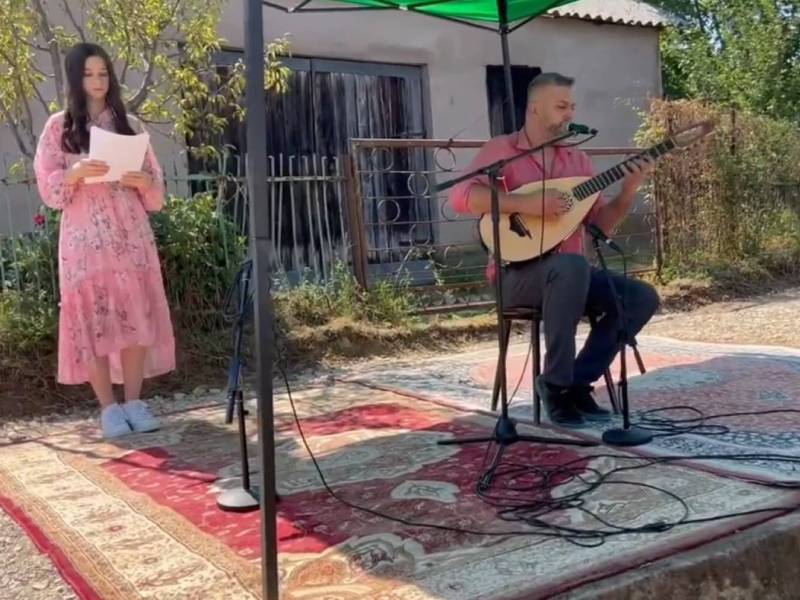
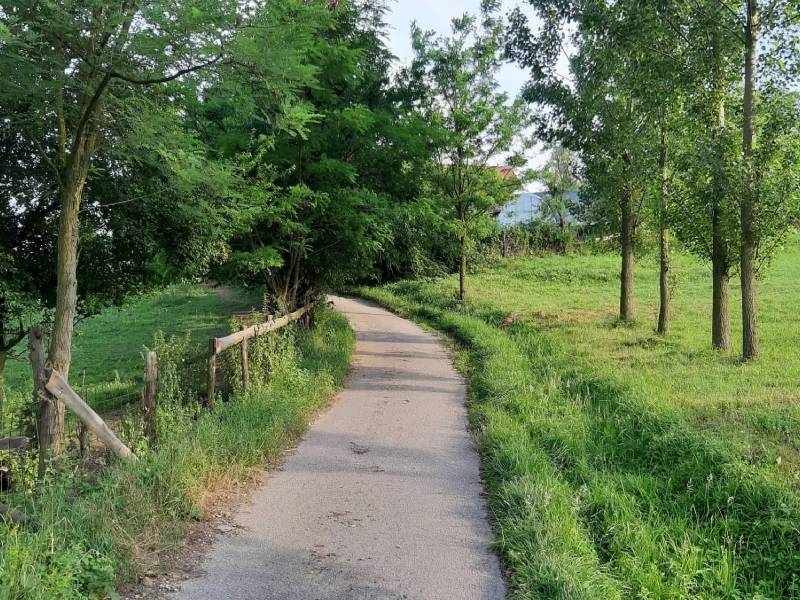
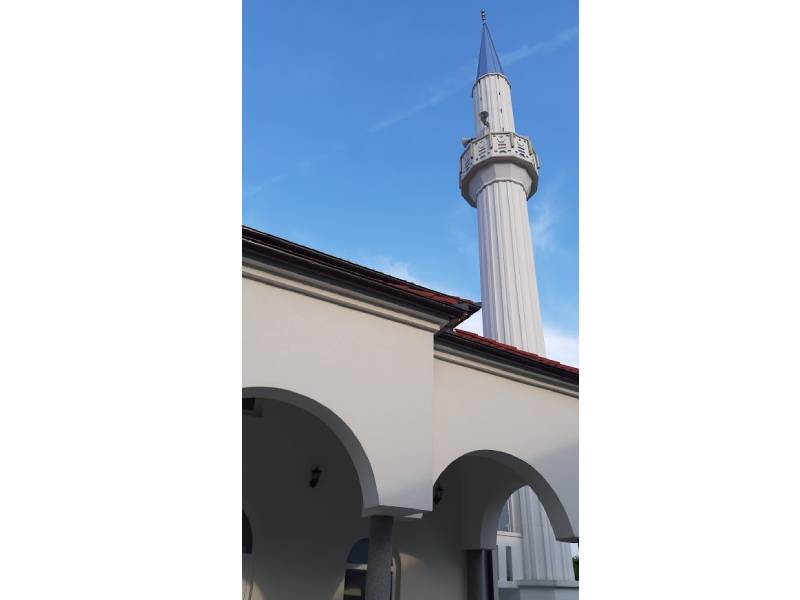
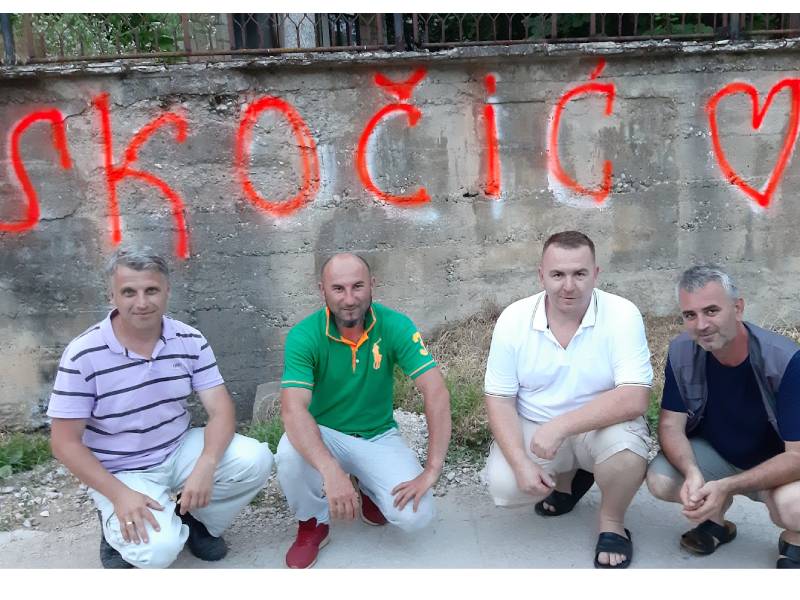
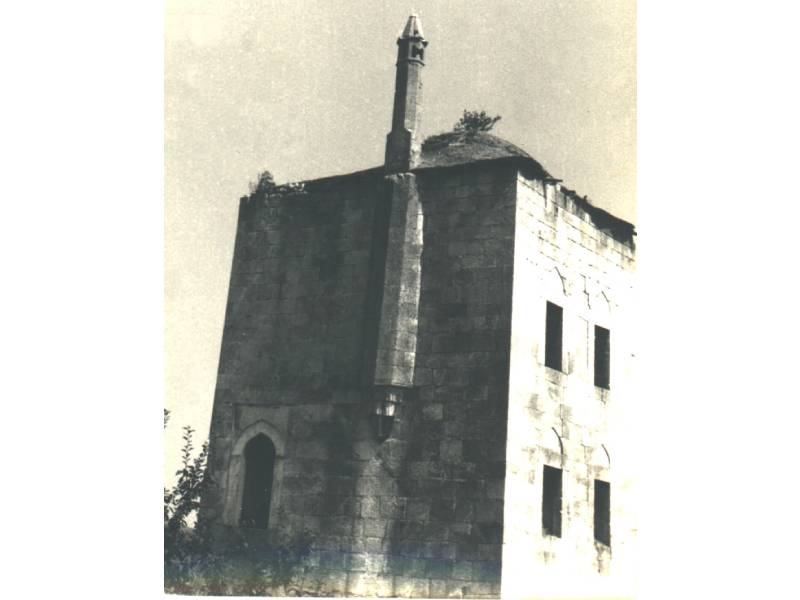
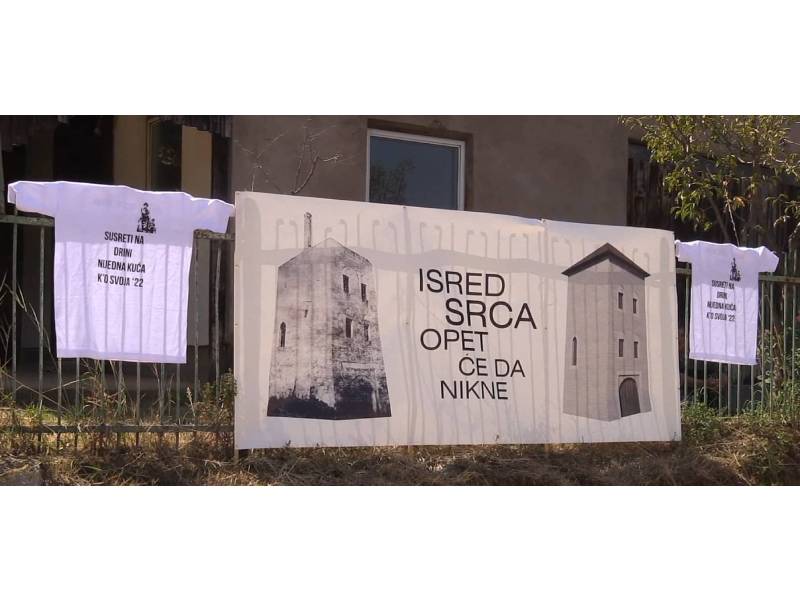
Although in the post-war period citizens lost confidence due to numerous abuses of sustainable return projects, Ragib is an optimist when it comes to motivation.
“I personally believe, based on the experience we had through all our joint actions, that it is easy to motivate people to join and contribute, but only if the organizers and contractors are transparent and honest.”
Among the many socially useful actions in which he participated, three stand out, which Zahirović considers particularly important for Skočić. One was the successful implementation of the reconstruction of the mosque and the memorial, the second was asphalting, and the third was the re-construction of the tower of Smail-beg Begzadić.
The construction of the mosque in Skočić started several years ago, but the work stopped and for some eight years it was exposed to the risk of decay. However, in 2017, a group of Skočić residents led by Ragib Zahirović decided to launch an initiative to continue the work.
“The plan was just to cover the mosque, done by a couple of people. A friend told me not to do a lot, but to cover the mosque, and let the others change windows. We founded a group of people, who collected money for the construction of a mosque all over the world. So, in a lightning-fast time, we managed to collect large funds to complete the entire mosque, including the decoration of the outer part of the complex. That happened in a little more than three months. After that, we stopped our fundraising campaign. However, since a lot of people subsequently expressed their desire to invest their funds in the project, we decided to renovate Hodja’s house as well. With those funds, we also paid a surveyor to mark 105 dulums of waqf fields. We did this with the aim of renting out a large part of those fields, so that some money would come in for the maintenance of the waqf.“
The unity of the people of Skočić, both those who returned and those who were displaced around the world was the decisive factor for the reconstruction of the mosque, says Zahirović.
“I met many neighbors, relatives and people I didn’t know until this action, because I left at the age of ten. We established a group of people through Facebook and other means of communication. I saw that people were in a very good mood and that they were warmed up, that they were giving their contribution to the complete project. As for me, I brought about 75,000 euros to the Skočić foundation from Europe, Australia, and America. The funds provided by the Federal Ministry for Refugees and Displaced Persons (FMROI) and the Majlis of the Islamic Community amounted to around 50,000 BAM. I want to thank those people. So, somewhere around 200,000 BAM was invested in the Skočić endowment,” said Zahirović for Local Works, who was honored to personally open the doors of the mosque’s renovation at the blessing ceremony.
The people of Skočić have shown their strength and unity when it comes to the construction of road communication. In this regard, Ragib proudly tells us the following information:
“As far as the project itself is concerned, three routes with a length of about 1,300 meters were built. The locals of Skočić provided 50,000 BAM in a couple of weeks, the company KESO 30,000 BAM, the City of Zvornik 16,000 BAM, and FMROI 120,000 BAM”.
Nevertheless, Ragib is especially fond of the beginning of the current action on the construction of the tower of Smail-beg Begzadić. Skočić was widely famous for this tower, along with other buildings from the legacy of this Bey family. Be that as it may, time and wars have taken their toll. Only parts of the foundation of the tower and other buildings from its complex remain today.
Therefore, Ragib and the residents of Skočić initiated activities on the restoration of the Skočić tower. Given that the Hadžinurbegovićs, as descendants of Begzadić, once endowed the tower with land, according to him, all activities will be conducted in cooperation with the Majlis of the Islamic Community of Zvornik and other competent institutions.
By the way, the relevant historical sources that we come across say that there is no reliable data about the time of construction of the tower. Family tradition says that Smail-beg Begzadić built it probably at the end of the 18th century, to protect himself from attacks during wars and robberies. Towers like this were built on larger Bey estates, and apart from their defensive and residential functions, they could also be some kind of summer house, or simply a sign of prestige. Usually, the bey’s chimney with associated auxiliary facilities, as well as the house where the bey lived with his family, were located in the same location.
“I personally have an interest in restoring the tower, because it is the tower of my ancestors. Skočić Tower is a personal matter of my family and relatives, and as a local and a Bosnian, I believe that it is high time that we do a little work on awakening our awareness of the importance of preserving and restoring our cultural and historical heritage. We are not nobody, but somebody,” says Ragib Zahirović proudly.
According to the information provided to us, the foundation stone for the construction of this culturally historical building was laid in July this year. This was done in the presence of a large number of returnees and with a song by the famous artist Damir Imamović, grandson of the legendary Zaim Imamović. Nevertheless, the idea of Ragib and his collaborators testifies to the fact that it is not only about the construction and restoration of this cultural and historical monument, but also the plan to put the same project into the function of revitalizing various socially useful processes.
“My idea is that within the tower and around it in the chimneys there will be a kind of hospitality and museum complex, as well as a plateau for cultural events. In this way, in addition to the sustainability of the complex, they would open the preconditions for the development of historical tourism in these regions”.
At the end of our conversation, Ragib points out the necessity for every citizen to get involved in the processes of improving the environment in which he lives through activism, because that is the only way to move forward and achieve changes:
“I would like people in other regions, who have good ideas, to become a little more active or at least help everyone in their own way, the way they can. Everything we do in our environment, we will do to ourselves. They should not be afraid of what anyone will say. People quickly recognize sincerity and support good deeds. When we all get together, we become one excavator, which does not stop, but pushes all the difficulties in front of us, and there are always difficulties, because that’s how it is in life” – concludes our interviewee, with whom we part in the hope that we will meet again when this project is finally realized.


